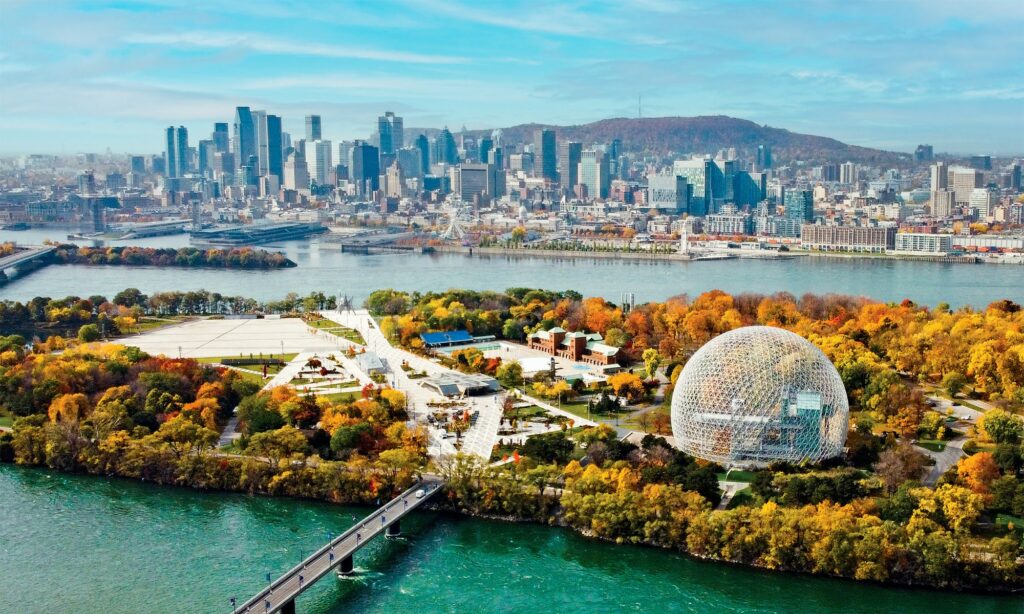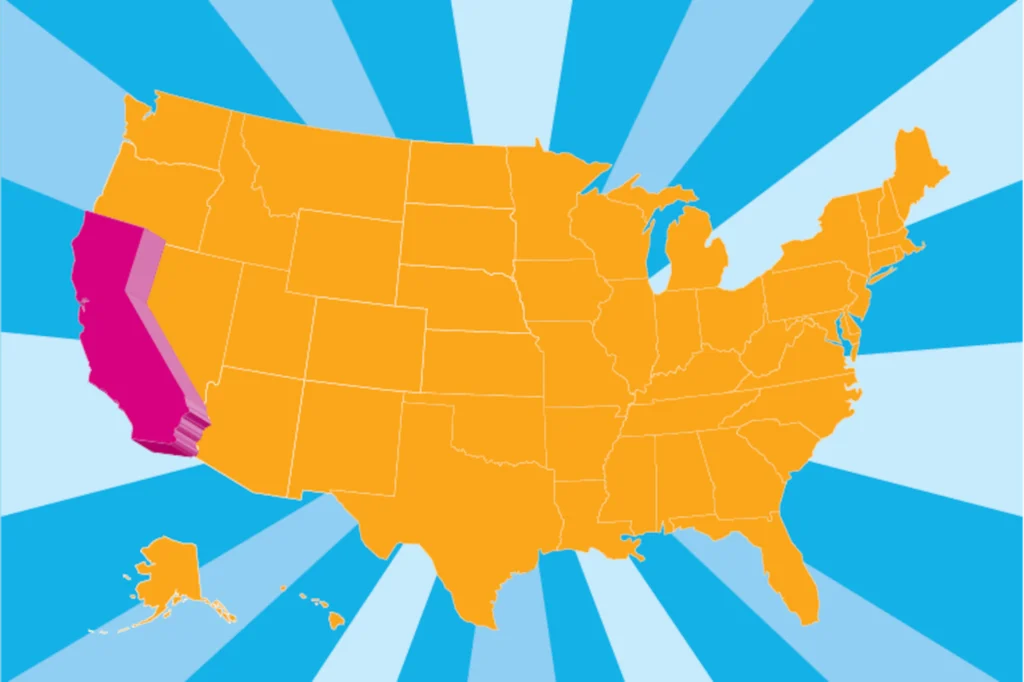The Problem of Food Waste and the Rise of AI Solutions
Food waste remains one of the most pressing challenges of our time. According to the United Nations Food and Agriculture Organization, approximately 1.3 billion tons of food are wasted annually worldwide. This waste not only represents a loss of resources but also contributes significantly to environmental degradation, including greenhouse gas emissions and the depletion of water and land. Meanwhile, millions of people face food insecurity, struggling to access nutritious meals. AI-powered food rescue networks are emerging as a transformative solution to this dual crisis, leveraging machine learning and data science to optimize food distribution and reduce waste.
How Predictive Analytics Optimizes Food Distribution
Predictive analytics is at the heart of modern food rescue systems. By analyzing vast amounts of data from various sources—such as grocery store inventory, restaurant sales, and agricultural production—AI algorithms can forecast surplus food with remarkable accuracy. This proactive approach allows organizations to intervene before food becomes unsalvageable, ensuring it reaches those in need instead of landfills.
Forecasting Surplus with Machine Learning
Machine learning models trained on historical data can identify patterns that human analysts might miss. For example, a grocery chain might use AI to predict which products will exceed demand based on seasonal trends, promotional activities, or supply chain disruptions. Similarly, farms can use weather data and crop growth models to anticipate overproduction, enabling them to adjust harvesting schedules or redirect excess yields to food banks.
Dynamic Inventory Management
Real-time data integration allows AI systems to monitor inventory levels continuously. If a bakery notices that its daily bread production is consistently higher than sales, the algorithm can flag this surplus and suggest redistribution strategies. This dynamic management reduces the risk of spoilage and ensures that food is donated at its peak freshness.
Real-Time Matching: Connecting Donors with Local Communities
Once surplus food is identified, the next challenge is efficiently connecting donors with recipients. AI-powered platforms use real-time matching algorithms to pair food donors with nearby food-insecure communities, ensuring timely delivery and minimizing logistical hurdles. These systems consider factors like location, transportation availability, and recipient needs to create seamless connections.
Geospatial Technology and Mobile Apps
Geospatial tools and mobile applications are critical components of real-time matching. When a restaurant has leftover meals at the end of the day, the system can instantly locate nearby shelters or community centers that require food. This process is often automated, with drivers receiving optimized routes via apps that update in real time based on traffic and donation availability.
Personalized Needs Assessment
AI also enables personalized matching by analyzing recipient data. For instance, a food bank might use machine learning to determine which households need fresh produce versus non-perishable items. This ensures that donations align with actual needs, reducing waste and improving the quality of aid provided. Additionally, algorithms can predict demand spikes, such as during holidays or extreme weather events, and prepare donors accordingly.
Case Studies: AI in Action Across the Globe
Several organizations have successfully implemented AI-driven food rescue networks, demonstrating their potential to make a tangible impact. Here are a few notable examples:
Too Good To Go (Europe)
Too Good To Go is a platform that partners with restaurants, grocery stores, and bakeries to sell surplus food at discounted prices. Its AI system predicts which items will go unsold and offers them to users through a mobile app. This model not only reduces waste but also generates revenue for donors, creating a sustainable cycle of food redistribution.
Food Rescue US (North America)
Food Rescue US uses a mobile app to connect donors with local food banks and shelters. The platform’s algorithm matches surplus food with nearby recipients, optimizing delivery routes and ensuring that donations arrive quickly. This has significantly reduced the time between food being available and being distributed, improving both efficiency and food safety.
India’s Food Rescue Network
In India, where food insecurity affects over 194 million people, AI is being used to address both waste and distribution gaps. A pilot program in urban areas uses predictive models to identify surplus from large-scale food producers and matches it with community kitchens and NGOs. The system also incorporates local language support and offline capabilities to reach rural regions with limited internet access.
Key Benefits of AI-Powered Food Rescue
The integration of AI into food rescue operations offers numerous advantages, including:
- Reduced Food Waste: By predicting surpluses and enabling timely



